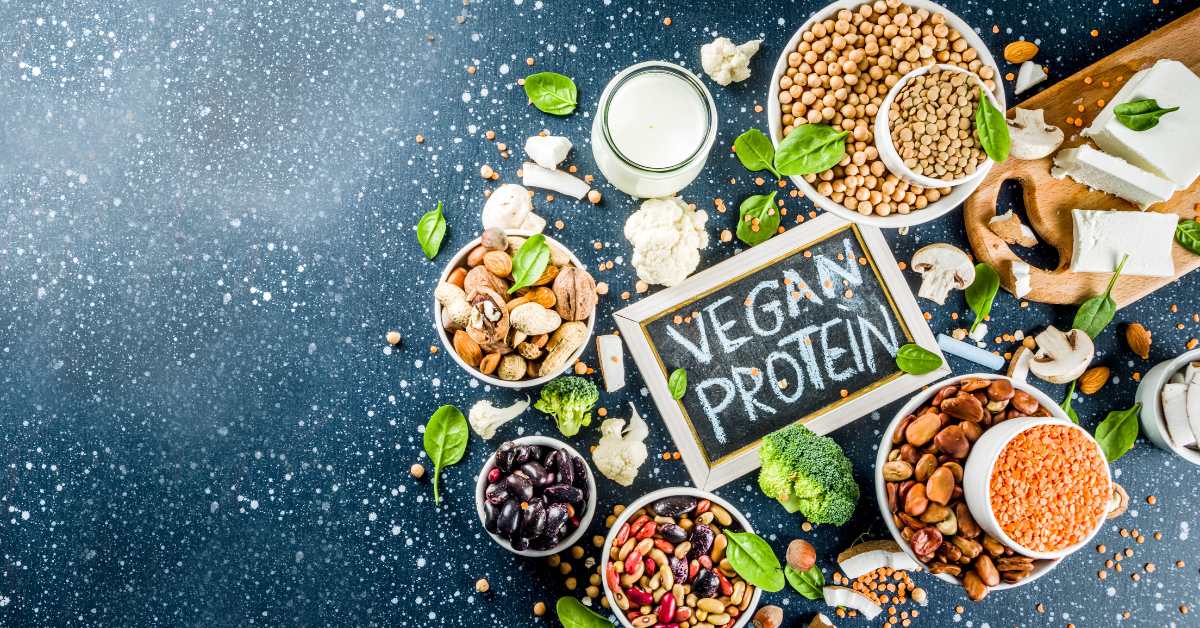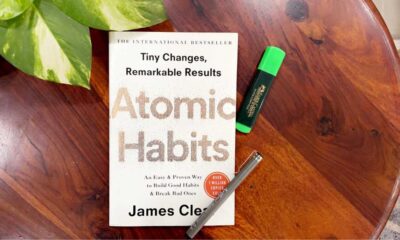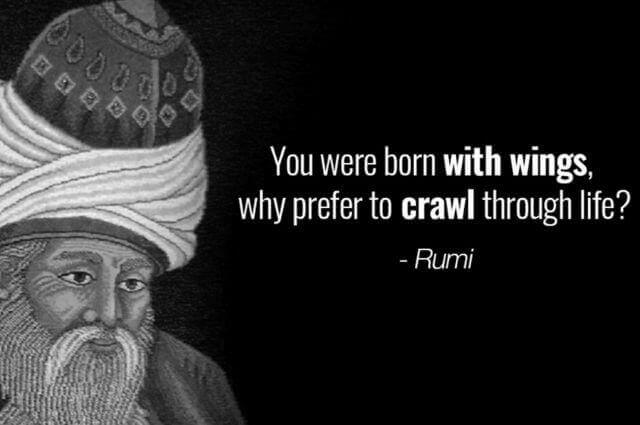Diet
The Best Vegan Sources of Protein and How To Use Them

One of the biggest misconceptions when it comes to the vegan diet is that it is difficult to access enough protein. However, hopefully we will prove here that this certainly is not the case, and it’s also a great way to go green!
These sources of protein are cost effective, easily accessible and delicious when they are given some love and care!
Tofu
Tofu is made from condensed soy milk and comes packaged in a block. You can find either silken tofu which is very soft, super firm tofu which is very solid and many different options in between.
Here we will be introducing a couple of really simple ways to use tofu to add a boost of protein into your vegan diet. There is around 8g of protein in 100g of tofu, making it a great source.
The quickest and easiest way to cook firm tofu is in the oven. If you have time, place a clean tea towel around the block of tofu and place a few big books on top. This helps to remove excess moisture, but isn’t an essential step. Next, in a bowl combine 2 tablespoons of soy sauce, 1 tablespoon of maple syrup, 1 tablespoon of sesame oil, 1 tablespoon of apple cider vinegar, 2 cloves of grated garlic and a tablespoon of grated ginger. This is the perfect combination of sweet and sour. Marinade your tofu for as long as possible, preferably a good few hours.
Next, in a bowl combine 150g corn flour with 3 tablespoons of sesame seeds. Take your pieces of tofu, coat them in your sesame corn flour mixture and place onto a baking tray lined with parchment paper. Bake in the oven preheated to 200 degrees for 25-30 minutes until golden and crispy. I like to serve mine with noodles and green vegetables, although rice works well too!
For dessert, you can make a delicious chocolate mousse with silken tofu. Simply combine one 340g packet of silken tofu with around 100 grams of melted vegan dark chocolate, along with a tablespoon of sweetener if you like very sweet desserts.
Combine the tofu and melted chocolate in a blender until completely smooth. Place the mixture into ramekins and top with a few shavings of chocolate and raspberries. If you can resist, leave in the fridge for at least 4 hours for the best results!
Beans
Most types of beans are full of protein and are so diverse, making them a staple cupboard item. From cannellini beans to fava beans, and kidney beans to munga beans, your options really are endless. Here we will be showing you some great ways to make use of some different beans that should soon make regular appearances. Beans also freeze really well, so are great for batch cooking!
Firstly, we will be sharing our famous mixed vegan baked beans recipe. Any beans work really well for this recipe, although our favourites are a combination of cannellini beans, pinto beans and haricot beans. They all have a slightly different flavour and texture which adds some dimension to the dish.
You can buy all of these beans in tins from supermarkets, or you can buy dried versions which you will need to soak in water overnight before cooking. Make sure whatever method you use, you have 400g of beans drained and ready to go. For the sauce, fry one finely chopped red onion and two cloves of minced garlic in a saucepan until slightly brown, then add 250g of passata, 1 tablespoon of tomato puree, 1 teaspoon of smoked paprika, 1 tablespoon of worcestershire sauce, 1 teaspoon of dried oregano and 1 tablespoon of sweetener of your sauce. Add in your beans and simmer for another 10 minutes and you’re good to go!
Another favourite of mine is a mixed bean chilli served with big potato wedges. Start by chopping a few potatoes into large wedge shapes, I like to leave the skin on but this is down to preference. Sprinkle with olive oil and paprika and cook on a baking tray in the oven for around 40 minutes.
As with the baked beans recipe, you can use any beans really, just make sure they have been soaked if necessary beforehand. For my chilli, I usually go for black beans, red kidney beans and mung beans. To start the sauce, fry off 2 cloves of minced garlic with one large white onion in some olive oil until brown. To this, add a roughly chopped red pepper and one teaspoon of all of the following spices: cumin, paprika, chilli powder, onion powder and oregano. Stir well.
Next up, add two tablespoons of tomato puree and a 400g tin of chopped tomatoes and 100ml vegetable stock. Bring the mixture to a boil, add the beans and then gently simmer for 15 minutes. Taste regularly and add salt and pepper where necessary.
To serve, place your potato wedges on the plate along with a big scoop of your mixed bean chilli. Finish off with some vegan sour cream and vegan cheese if you’d like, otherwise it tastes great on its own!
Lentils
Last but not least, we have lentils. Again, lentils are another diverse ingredient that can be used in soups, stews, salads and much more. Today, we will be focusing on a delicious lentil curry.
Firstly, place 250g rinsed lentils in a saucepan and cover with cold water. Bring to the boil and cook over a medium heat for around 40 minutes, until nice and tender. Whilst your lentils are cooking, heat oil in a pan and fry a chopped white onion and two cloves of grated garlic until soft and brown.
Then, add 2-3 chopped green chillies (depending on how spicy you want it), one teaspoon of ground coriander, two teaspoons of cumin, two teaspoons of fresh grated ginger, 1 teaspoon of garam masala and one teaspoon of turmeric. Fry for around two minutes.
Next, add a 200g of chopped tomatoes to the pan and top up with water if the curry feels too thick, as it will continue to reduce. Add salt and pepper to taste and simmer for around 20 minutes. With around 5 minutes of cooking time left, add the cooked lentils. Serve with boiled brown rice and some fresh coriander as a garnish.
Lentils are a fantastic ingredient to have in the cupboard, as they can be added to almost any meal to help bulk it out and add some protein. Plus, they taste great!
Final Thoughts
So, there you have it! A few different ways to use these delicious and accessible sources of vegan protein. It is so easy to access protein in a vegan diet when you know where to find it.
You should always monitor your protein intake, as well as things like vitamin D and calcium levels as a vegan. If you are concerned about potential deficiencies, speak to a doctor and it might be advised that you take magnesium or vitamin D tablets.
It’s also worth regularly checking in with your dentist in Cheltenham, Copenhagen or Cornwall to make sure that your oral health is in check, as vitamin deficiencies can also heavily impact your oral health.
Although tofu is nicest freshly cooked, with beans and lentils you could spend a few hours on a Sunday preparing big batches of these foods and freezing them, so you have plenty of healthy and nutritious meals on hand throughout the week.
With a small investment of time, you will find it easy to consume plenty of protein as a vegan!

-

 Books3 months ago
Books3 months ago10 Life-Changing Lessons from ‘Atomic Habits’ by James Clear
-

 Growth3 months ago
Growth3 months agoThe Hero’s Journey: Transformative Questions for Success?
-

 Growth2 months ago
Growth2 months agoSimple Ways To Boost Your Confidence In A Day
-

 Growth3 months ago
Growth3 months agoHow Cognitive Biases Affect Our Decision-Making Process
-

 Mental Health3 months ago
Mental Health3 months agoWhat Are the Mental Health Problems Among Adolescents?
-

 Quotes3 months ago
Quotes3 months ago40 Best Swami Vivekananda Quotes On Motivation, Love and Life
-

 Mental Health3 months ago
Mental Health3 months agoWhat Are the Most Common Mental Health Issues in Young Adults?
-

 Mental Health3 months ago
Mental Health3 months agoPersonalized Physical Therapy: Tailoring Treatments to Individual Needs



















